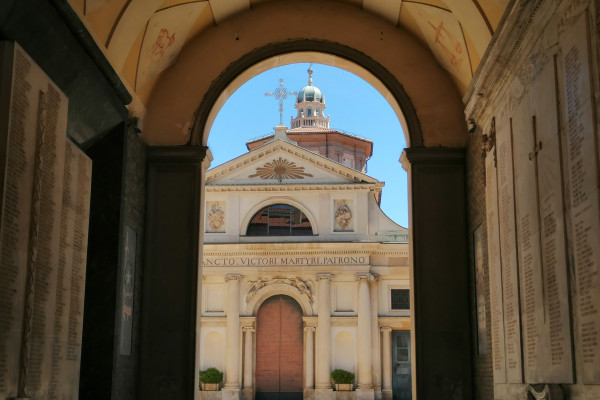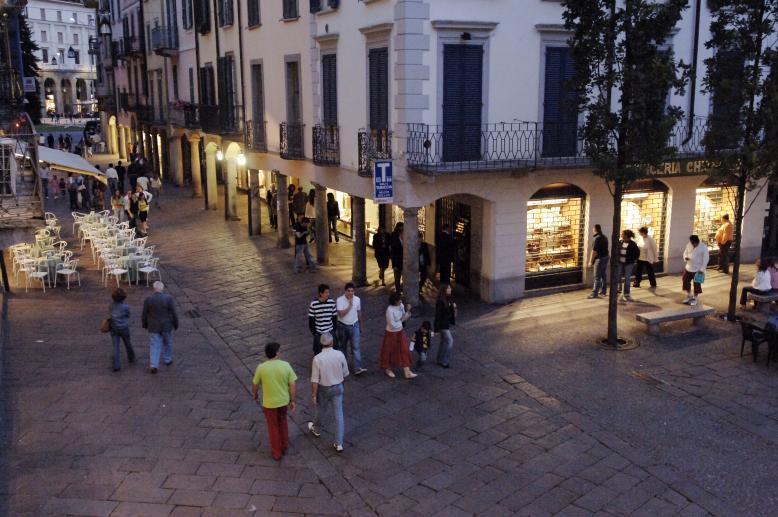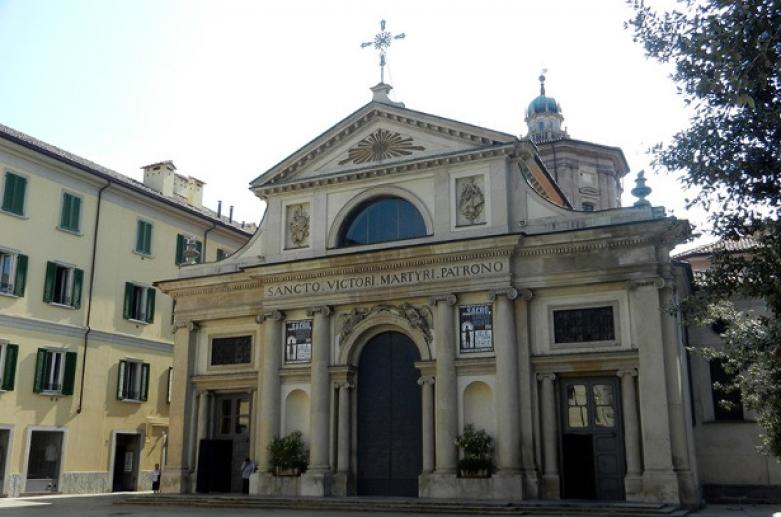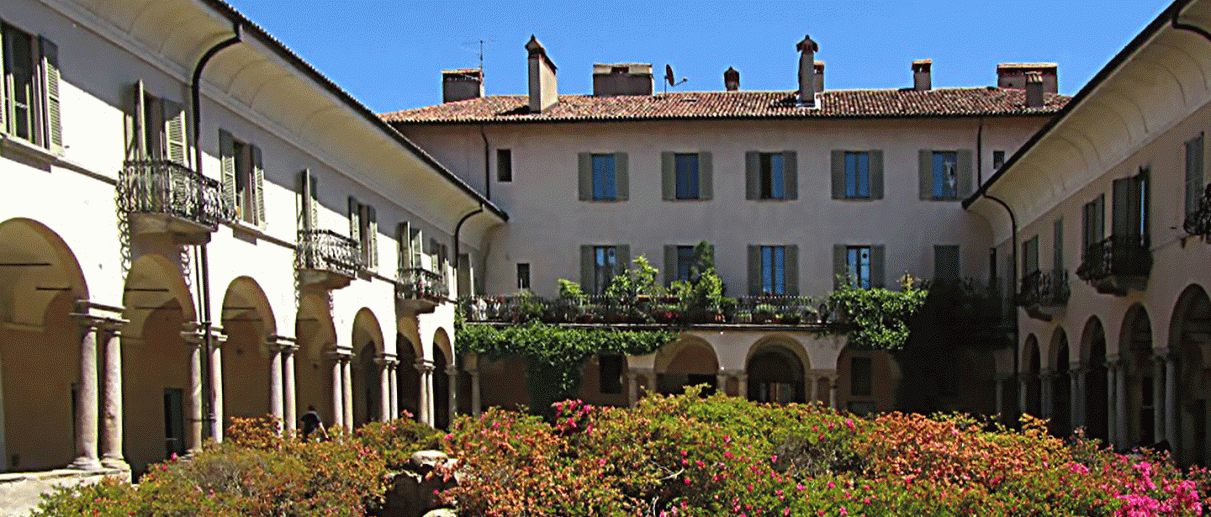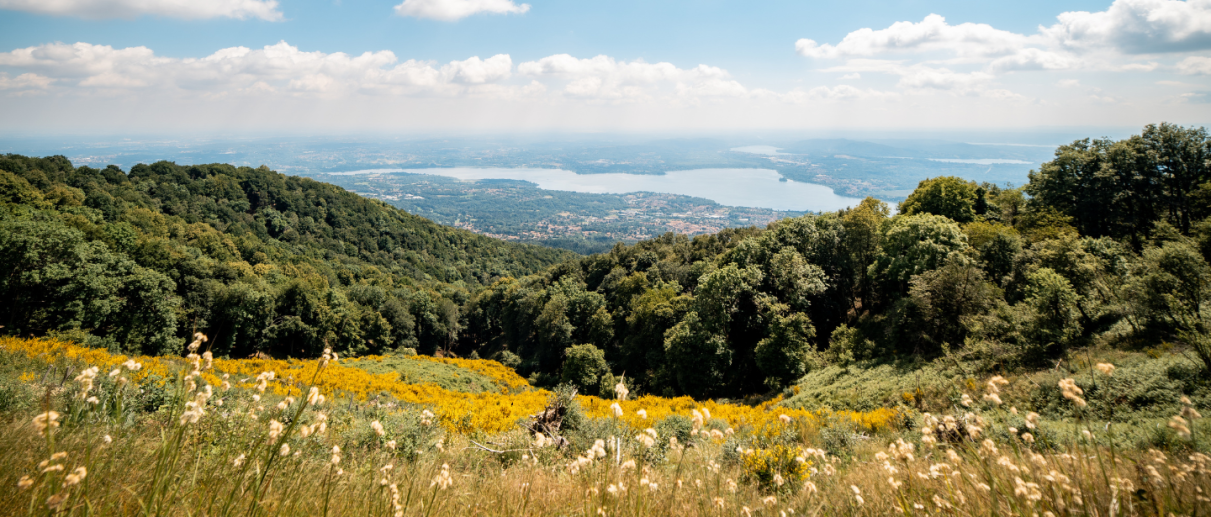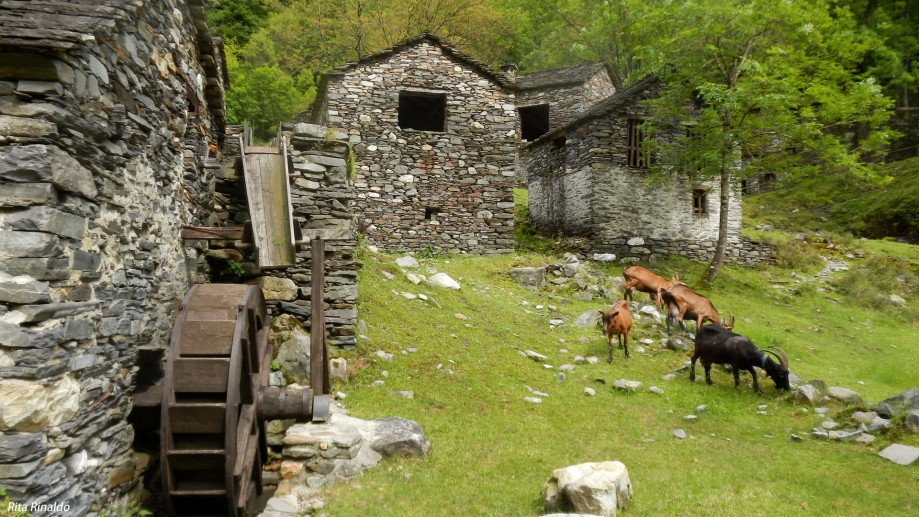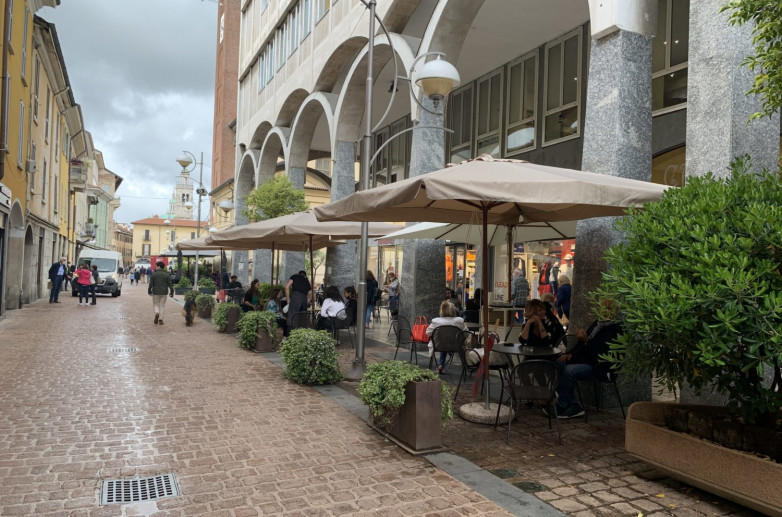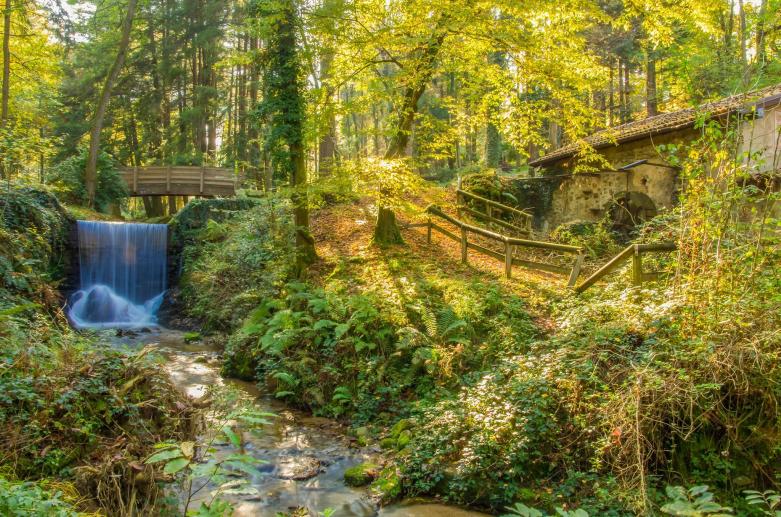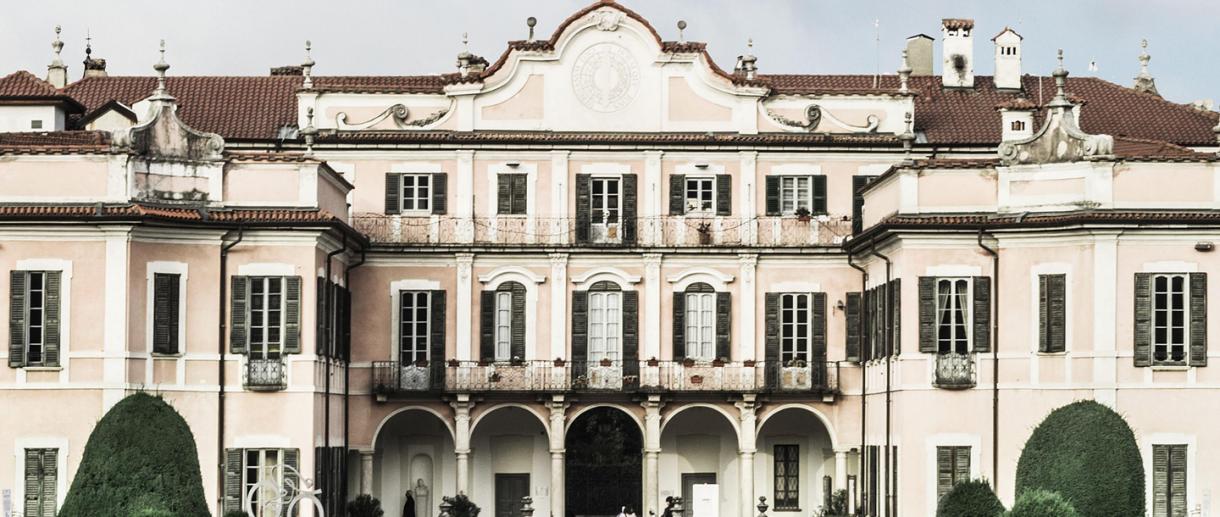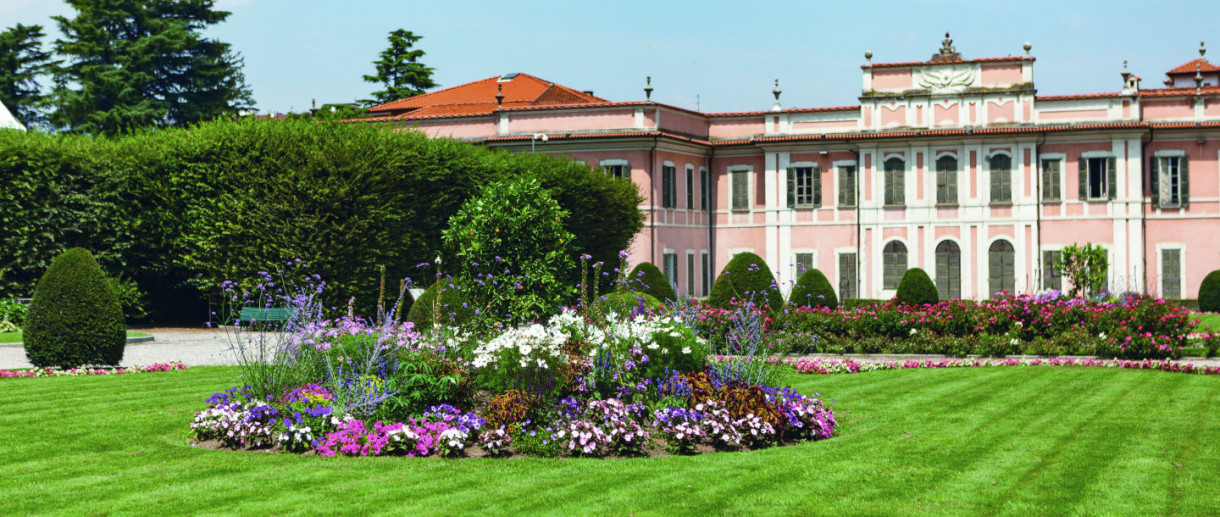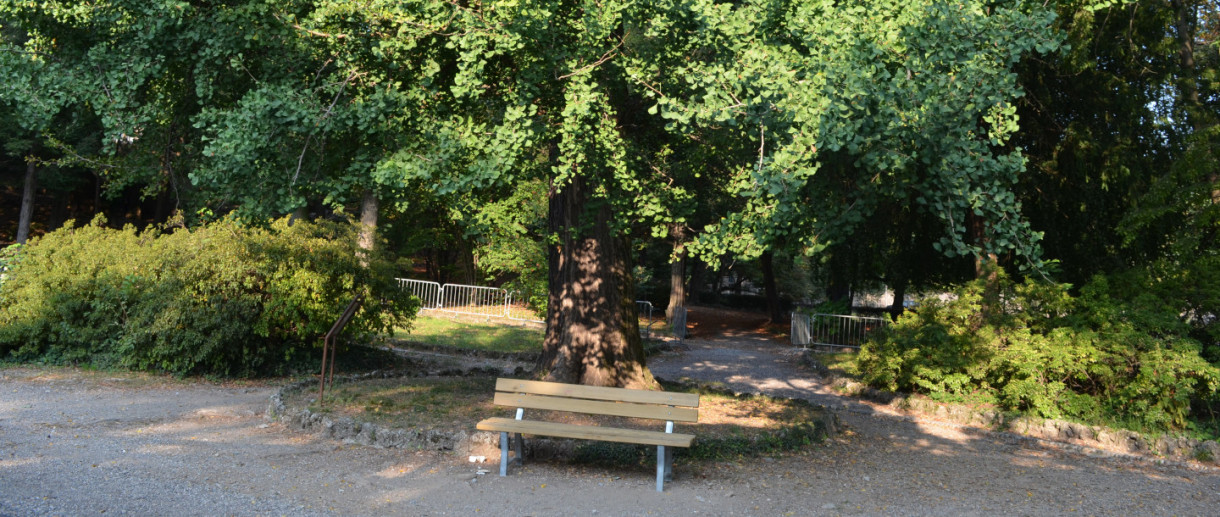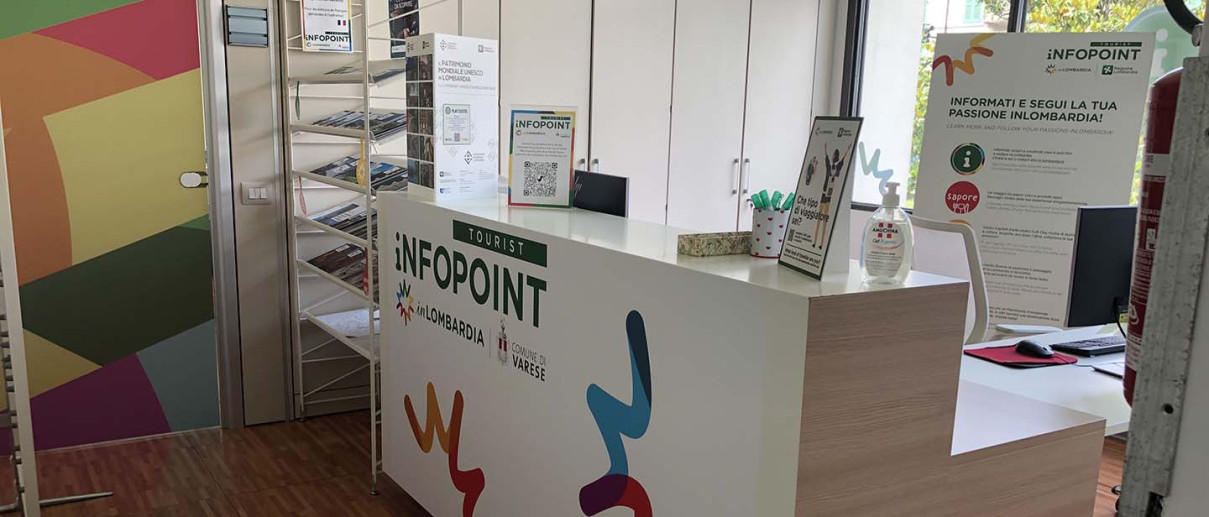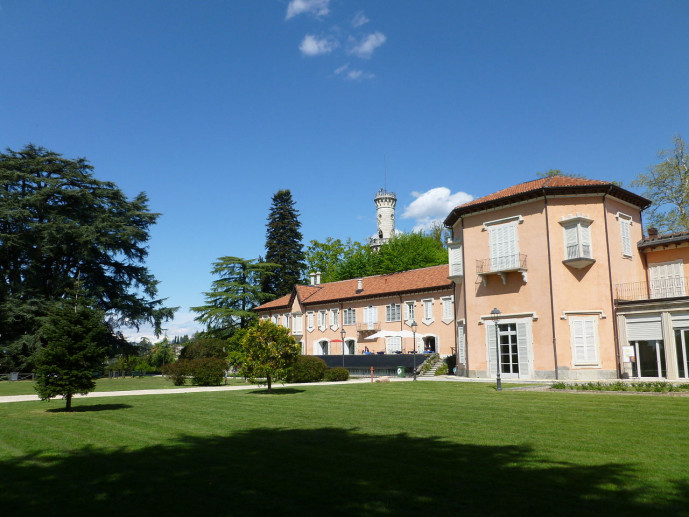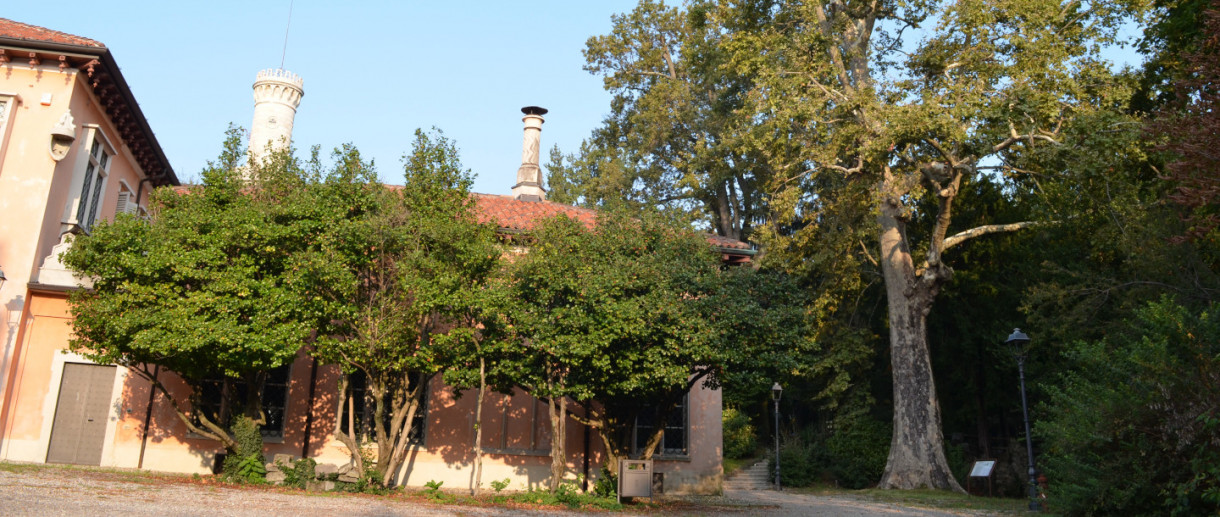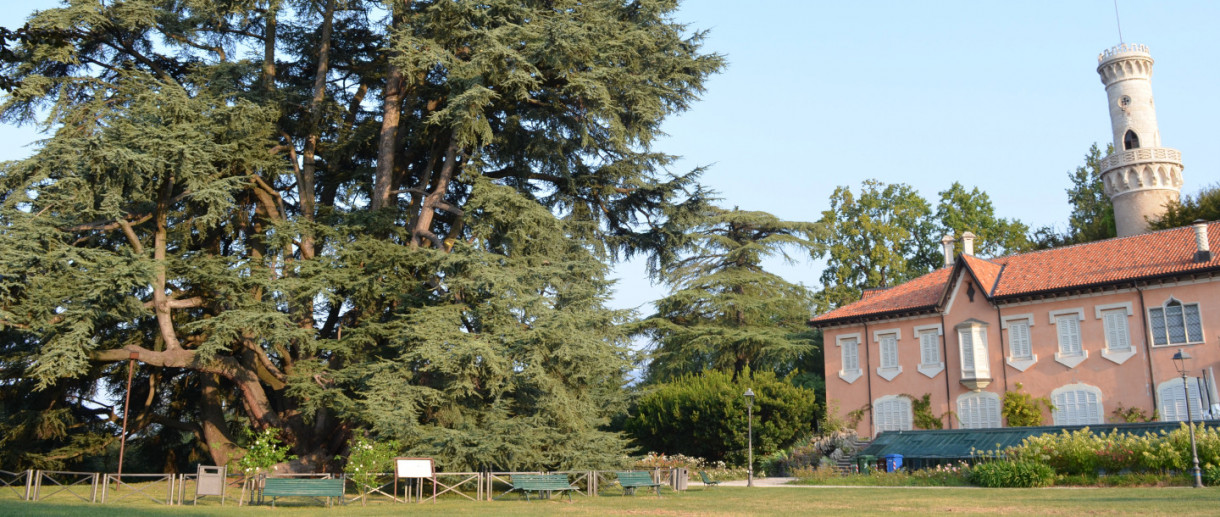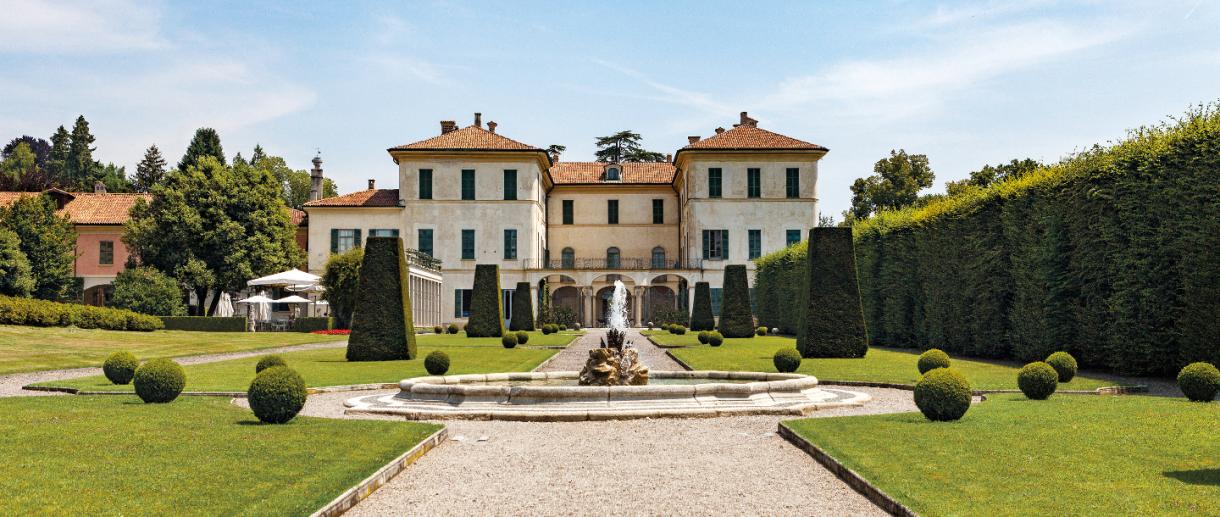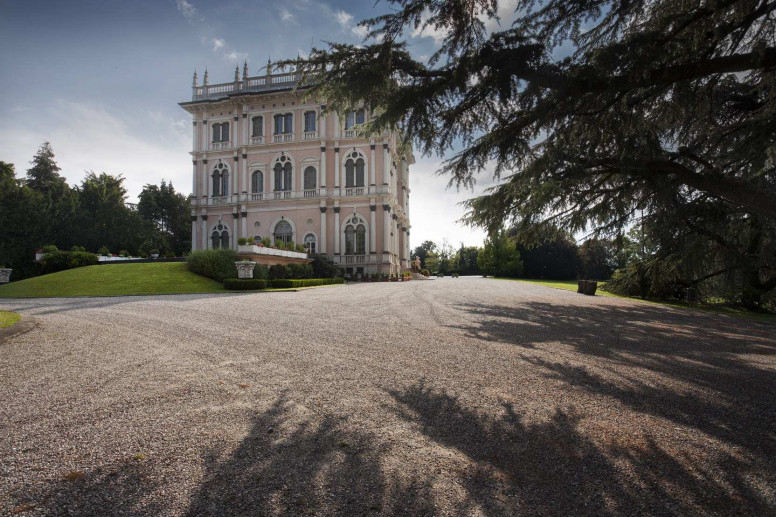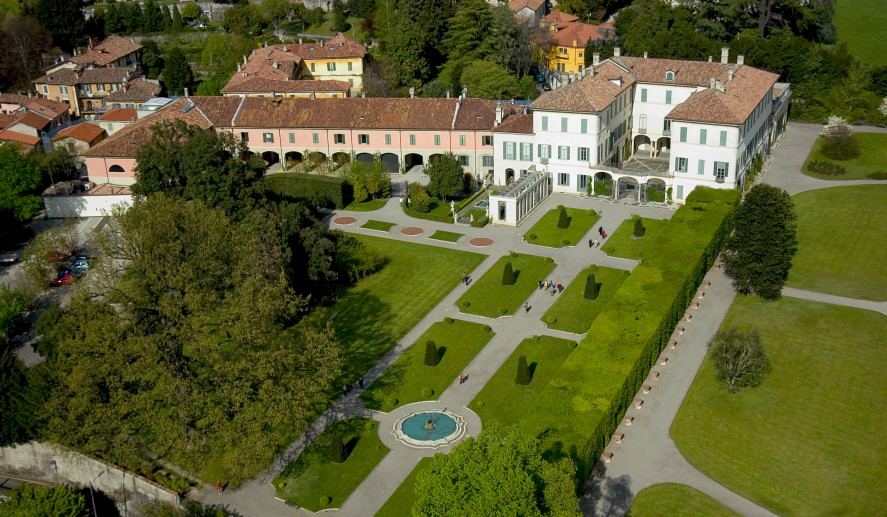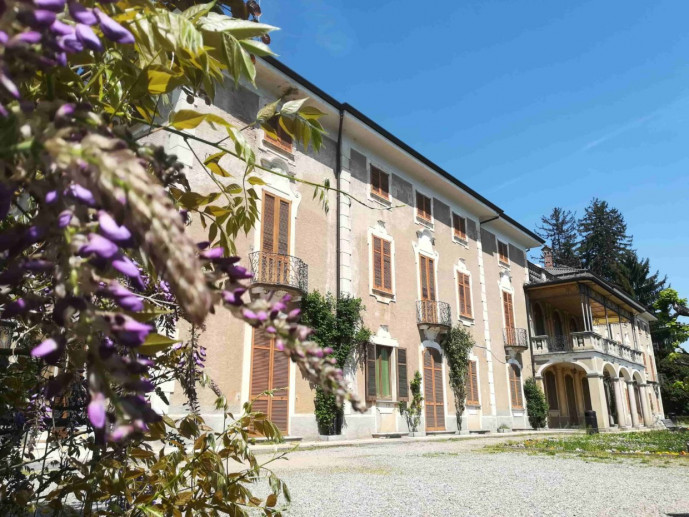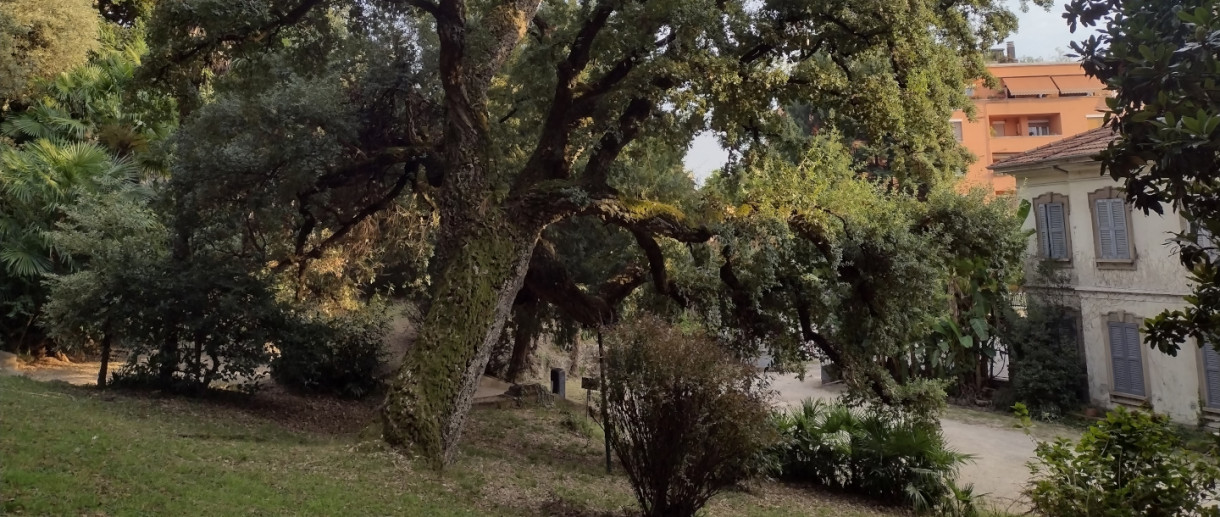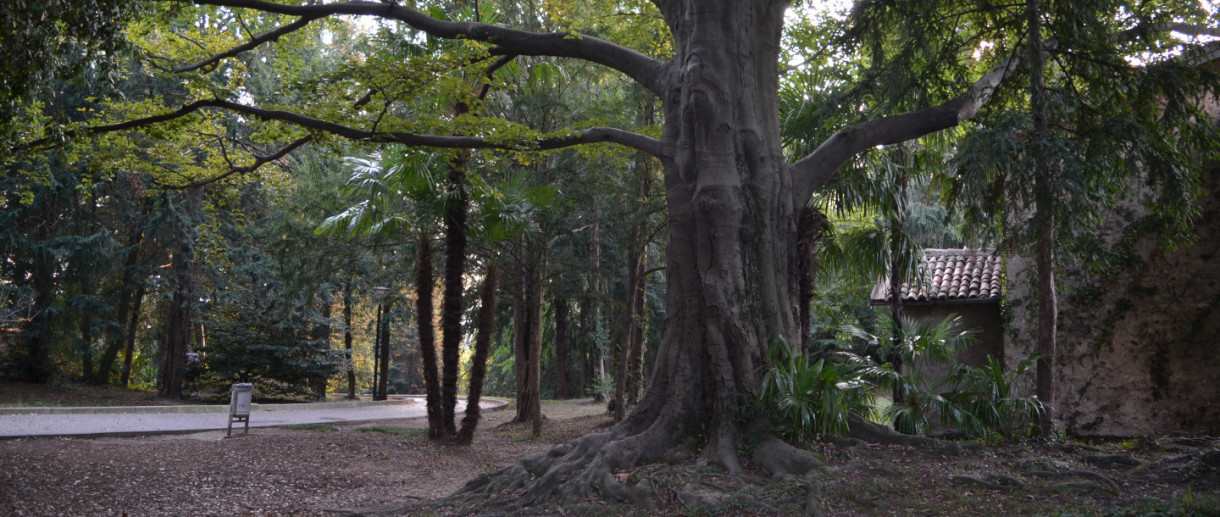- Art & Culture
Arco Mera and Basilica of San Vittore
Arco Mera: A Historical Landmark
In the heart of Varese, nestled between the lively Corso Matteotti and the charming Piazza San Vittore, stands the Arco Mera—a priceless testament to the city's historical and cultural heritage. Inaugurated on December 5, 1850, this elegant archway is not only a vital urban connector but also a symbol of generosity bridging the gap between civil and religious power.
The History of Arco Mera
Named after Canon Luigi Mera of San Vittore, who donated the monument to the city in the mid-19th century, the Arco Mera was built to replace the Caffè Tachini. This establishment, once a cultural hub, was transformed into a passage linking the Palazzo Pretorio, the municipal seat, with Piazza San Vittore, the spiritual center of Varese. Construction began on May 25, 1850, and was completed with meticulous attention to architectural details. The arch is adorned with elegant Viggiù stone pillars and statues, reflecting the craftsmanship of its time. The project cost approximately 15,000 lire—a significant sum that underscores its importance.
Unique Features of Arco Mera
As you walk beneath the Arco Mera, don't just look straight ahead. Take a moment to look up and discover the captivating zodiac signs painted on the ceiling. These artistic details not only enhance the arch’s beauty but also invite visitors to appreciate its celestial decorations.
Arco Mera in Historical Context
The Arco Mera significantly impacted city life by providing a dignified connection between two key areas of Varese. Before its construction, the only narrow passage between Corso Matteotti and Piazza San Vittore was "ul purtun", located where the Libreria del Corso stands today.
Post-war, the Arco Mera took on a commemorative role, with its interior walls displaying eight marble plaques engraved with the names of Varese's war dead from all conflicts, including colonial campaigns and World War II. These plaques honor the sacrifices made by those who served their country, adding another layer of historical significance to the monument.
Piazza San Vittore: Varese's Spiritual Heart
One of the key areas connected by Arco Mera is Piazza San Vittore, the spiritual and historical heart of Varese. The Basilica of San Vittore, central to the city’s religious life for centuries, stands on a site possibly dating back to the 5th century. The current building, from the 16th century, underscores the dedication to Saint Victor, a martyr who died in 304. The piazza is a beautiful space, inviting contemplation and exploration of Varese’s local history.
Piazza del Podestà: Political and Economic Hub
On the other side, Arco Mera leads to Corso Matteotti and Piazza del Podestà. This historic square, centrally located, is surrounded by ancient buildings, including the prestigious Palazzo del Podestà, reflecting the medieval magistrate's significance. Once the center of commercial and public activities, Piazza del Podestà remains a vibrant meeting place for residents and visitors, offering a glimpse into Varese’s architectural and historical past.
Arco Mera as a Cultural Connector
Arco Mera is more than an architectural link between Corso Matteotti and Piazza San Vittore; it represents the history and generosity that define Varese. With its aesthetic appeal and historical meaning, the Arco serves as a significant cultural and commemorative landmark. Exploring this monument and its surrounding squares provides a deep connection to the city's past and celebrates Varese’s rich heritage.
Visit Varese
If you are planning a visit to Varese, make sure to stroll through Arco Mera and discover the historic squares of the city. Each corner tells a story, and Arco Mera is undoubtedly one of its most captivating chapters.
